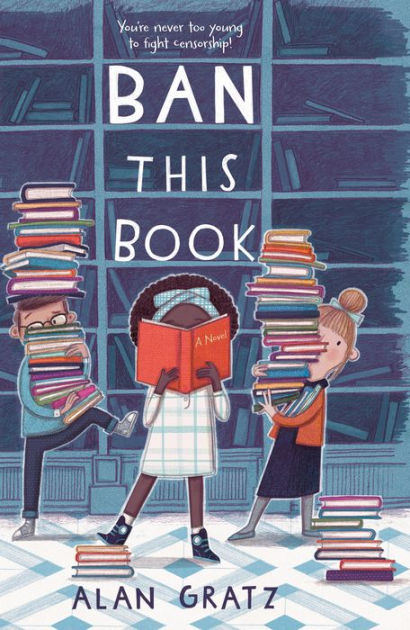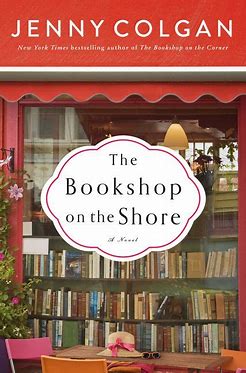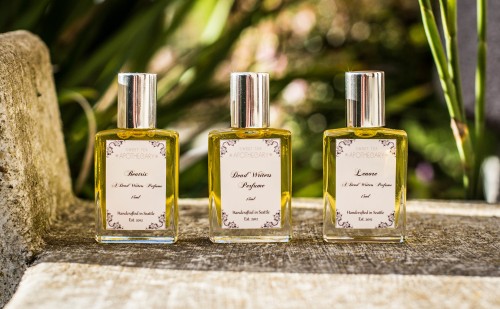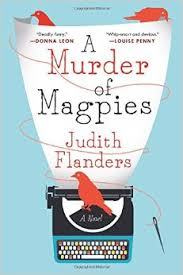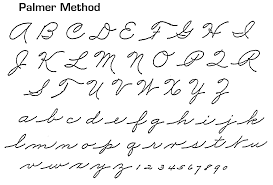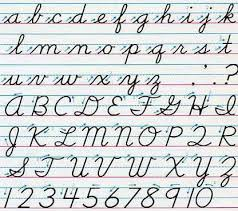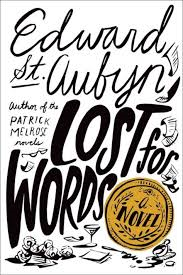Favourite Books of 2014
How to Be a Heroine
Samantha Ellis
How to Be Both
Ali Smith
How to Build a Girl
Caitlin Moran
[Perhaps this list should be called Favourite Books That Begin with How!!]
Among Others
Jo Walton
Thunderstruck
Elizabeth McCracken
Boy, Snow, Bird
Helen Oyeyemi
The Goldfinch
Donna Tartt
Station Eleven
Emily St. John Mandel
Lexicon
Max Barry
Tenth of December
George Saunders
The Victoria Vanishes
Christopher Fowler
Best Books About Books
How to Be a Heroine
Samantha Ellis
This is the story of Samantha Ellis looking for a role model in the heroines of books she read as a child and young woman. I adored every page. Not only did this book entertain and delight from beginning to end, Ellis sent me back to the books she discusses, prolonging the enjoyment, engaging me for weeks.
Lexicon
Max Barry
A fascinating fantasy of how the brain and its operations might be compromised by a person in possession of the right words to override the brain’s normal operating system, the right words being a proto-language with enormous power. A mysterious society of “poets,” led by the nefarious Yeats, recruits people who have a natural gift of persuasion, then trains them in the use of secret words that can control others’ behaviour. Some of these recruits get out of hand. Thrills ensue. Delightfully inventive, this book reminded me a lot of The Magicians trilogy by Lev Grossman because the new recruits have to work really hard at mastering this magical ability.
Among Others
Jo Walton
My second read, after reading her book about her favourite SF and Fantasy books, What Makes This Book So Great? I think her fiction is more persuasive than her prose at persuading me which SF and Fantasy to pick up and try. This book is absolutely full to the brim with love for the books of both the author’s and the protagonist’s youth.
Lost for Words
Edward St. Aubyn
Biting satire about a jury for a book prize.
Script & Scribble: The Rise and Fall of Handwriting
Sister Bernadette’s Barking Dog
Kitty Burns Florey
I love how the author combines autobiography with history in these books about handwriting and sentence diagramming. Thoroughly entertaining reads.
The Murdstone Trilogy
Mal Peet
I laughed a lot while reading this satirical metafictional adult novel about an author of young adult fiction who is struggling with writer’s block. He makes a pact with the devil to get out of it. The dialogue with the devil in question is so wonderfully inventive, and his voice single-handedly makes the book. Chapter Two, in which Philip Murdstone’s agent spells out exactly how to write a successful Phantasy novel, with a P Haitch, had me in stitches. My only criticism is that sometimes the humour was too earthy. Toilet humour does not do it for me.
Best Interviews with Authors
from The Guardian Books Podcast
Ali Smith
How to Be Both
Isabel Greenberg
Encyclopedia of Early Earth
James Frey
Endgame
Eleanor Wachtel interviewing
P.D. James
Colm Toibin
Ali Smith
Others Raved and So Did I
The Goldfinch
Donna Tartt
My favourite thing about Tartt’s abilities as a writer is how she manages to depict characters from extraordinary privilege who find themselves utterly powerless to control their own lives.
Tenth of December
George Saunders
This made many best of lists for 2013, and I did not catch up until this year.
Did Not Have High Hopes, But It Was a Surprisingly Good Read
We’ll Always Have Paris
Jennifer Coburn
This book was sent to me for review for my parenting blog, and I really did not have high hopes but ended up reading it in one sitting. It’s a memoir of a mother-daughter trip to Paris, and the narrating mother is a control freak who learns to let go and be mindful in the extraordinary moments of travel and discovery.
In Praise of Messy Lives
Katie Roiphe
We are not supposed to like her because she blamed date rape on women in The Morning After. She’s an obnoxious cross between Margaret Wente and Leah McLaren, but she’s whip smart and in very good form in this collection of essays. I enjoyed them all.
Disappointed
The Opposite of Loneliness
Marina Keegan
Anne Fadiman blurbed it, praising it highly. She was Keegan’s instructor at Yale, and when Keegan died in a car crash, this collection of essays and short fiction was published posthumously. I found the collection to be too spotty and felt that the promise she obviously had is not adequately showcased here.
Roseanna
Maj Sjöwall and Per Wahlöö
The series written by this couple became the ur-texts for police procedurals. The problem with going back to the ur-text after having read a lot of police procedurals, is that the original can feel stale and half-formed.
Howl’s Moving Castle
Diana Wynne-Jones
I read it aloud to the kids, and it was a bit of a slog. I had such high hopes, but we all found it just too disjointed.
Outlander
Diana Gabaldon
A case of “it’s not you, it’s me.” Historical fiction and time travel just do not often work for me. But this book does stand out for one of the best exchanges I read all year. The time-travelling (and married) Claire is about to be married off to a hottie in the past:
“Does it bother you that I’m not a virgin?” He hesitated a moment before answering. “Well, no,” he said slowly, “so long as it doesna bother you that I am.” He grinned at my drop-jawed expression, and backed toward the door. “Reckon one of us should know what they’re doing,” he said.
Stoner
John Williams
Again, it’s not you, it’s me. I don’t like passive characters whose fates flow over them.
Elizabeth is Missing
Emma Healy
Transparent from the beginning.
Must Read Everything Authors
(with thanks to Buried in Print for the category)
Confirmed:
Alan Bradley
His latest Flavia de Luce mystery, The Dead in Their Vaulted Arches, confirmed that Flavia is a sleuth to love. I wait obsessively for the next books to come out.
New:
Helen Oyeyemi
Boy, Snow, Bird kept me on the edge of my seat. I had to track down all her other books after reading it.
Ali Smith
I loved How to Be Both so much that I did not pick this book for my book club choice; I did not want to hear anyone disagree with me about how absolutely wonderful it is. I re-read First Person, then went out to get all her other books. I read Hotel World and The Accidental as soon as I could get my hands on them.
Elizabeth McCracken
New to me with Thunderstruck, and so wonderful was it that I had to have more.
Mysteries to Fall For
The Word Exchange
Alena Graedon
Humans begin to lose the ability to speak because of a deliberately-released virus. A gripping bibliophilic thriller.
Northanger Abbey
Val McDermid
She rewrites Austen’s classic by substituting vampire fiction for the gothic novel. Hilarious, timely and pitch-perfect.
The Victoria Vanishes
Christopher Fowler
I can’t remember how I found him, but I did something very unusual for me and began his series of Bryant and May and the Peculiar Crimes Unit books in the middle, with The Victoria Vanishes, and fell head over heels in love. In addition to being very well plotted, with well-rounded characters, it’s chock full of trivia about London’s pubs. Other books in the series deal with London’s underground tunnels and theaters. Fascinating reads for both the whodunit and the trivia.
Young Adult
Half Bad
Sally Green
Half Bad is all good. Harry Potter and Twilight meet Divergent. I think the guilty pleasure of reading these books is the good vs evil plot, the clearly drawn lines. The protagonist, though, does not know what he will be, White or Black witch. He exposes the hypocrisy of the first, and is seduced by the mystery of the second. So, not so black and white after all.
We Were Liars
E. Lockhart
A loose retelling of the story of King Lear and his daughters. The narrator spends her summers on the family island off of Martha’s Vineyard with her grandparents, aunts and cousins. She has an accident and cannot remember the events around it. The novel is her piecing it all together with a great twist at the end.
Blood Red Road, Rebel Heart and Raging Star
Moira Young
I’ll say right from the start that the narrative voice annoyed the hell out of me (first person, present tense narration in the drawl of a cowboy: nuthin, haveta), but once past that, I found this Canadian trilogy gripping. Strong female characters in a post-apocalyptic world. I loved that the women are so strong, although, in the end, there does seem something of a patriarchal, hetero-normative resolution. Not entirely, but I was getting a bit uncomfortable with the excessive use of the word “family.”
Daughter of Smoke and Bone
Liani Taylor
Jenny recommended this, and I loved this, the first in a trilogy about angels and demons. The world building is so assured and the eroticism is simply pulsing. I found the next two disappointing, however.
Fabulous Nonfiction
The Perfect Scent
Chandler Burr
Burr is the first curator of olfactory art at MOMA, a position he created for himself with a view to encouraging the growth of a body of intelligent criticism for the art of making perfume. In this book, he follows two perfumers through the process of creating and bringing to market a new perfume: Jean Claude Ellena for Hermes, and Sarah Jessica Parker. This was my second reading of the book, and I loved it.
